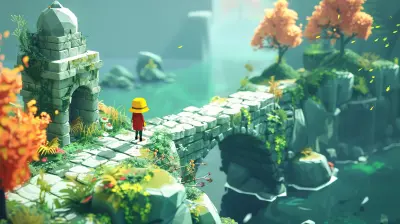Navigating the First Map: User-Friendly or Overwhelming?
31 July 2025
We’ve all been there. You boot up a brand-new game, excitement buzzing in your veins. The title screen fades, and boom — you’re dropped right into the heart of the first map. No idea which way is north, five different paths to go, and a blinking objective marker that's 300 meters away.
Sound familiar?
Well, that first map is more than just a collection of terrain and objectives — it sets the tone for the rest of the game. It either welcomes you with open arms or pushes you off a cliff without a parachute. So, let's take a deep dive into what makes a first map user-friendly, what makes it overwhelming, and why it matters more than most of us think.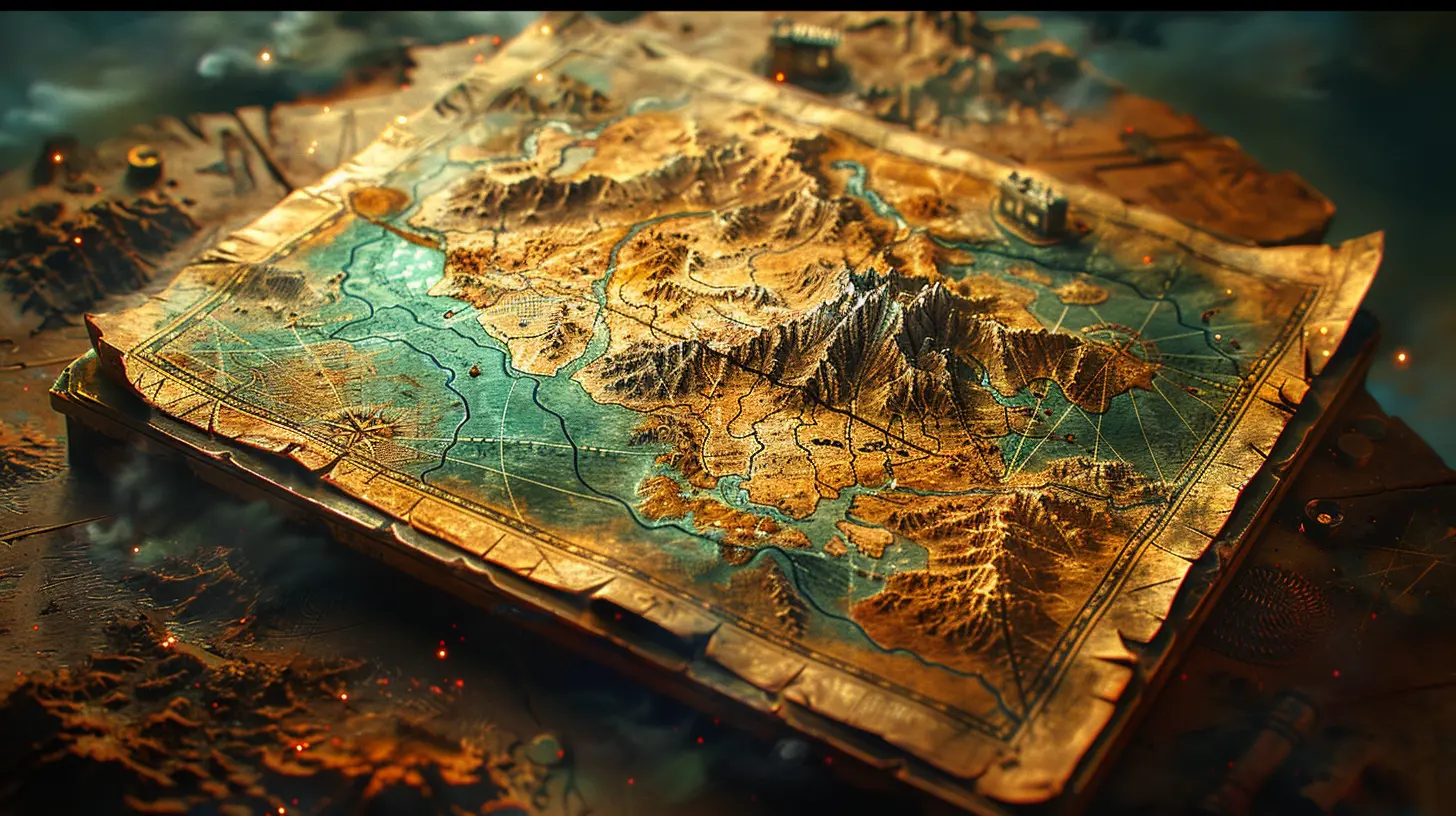
Why the First Map Matters More Than You Think
You know what they say: first impressions last forever. This holds true in gaming, too. The initial map is the player's first real interaction with the game world. It’s where you learn the game’s mechanics, start building emotional attachments, and form your expectations.If the first map is messy, confusing, or too complex? You might quit before the story even starts unfolding. A well-designed first map should act like a friendly tour guide — it should show you the ropes, hint at what’s ahead, and make you want to keep playing.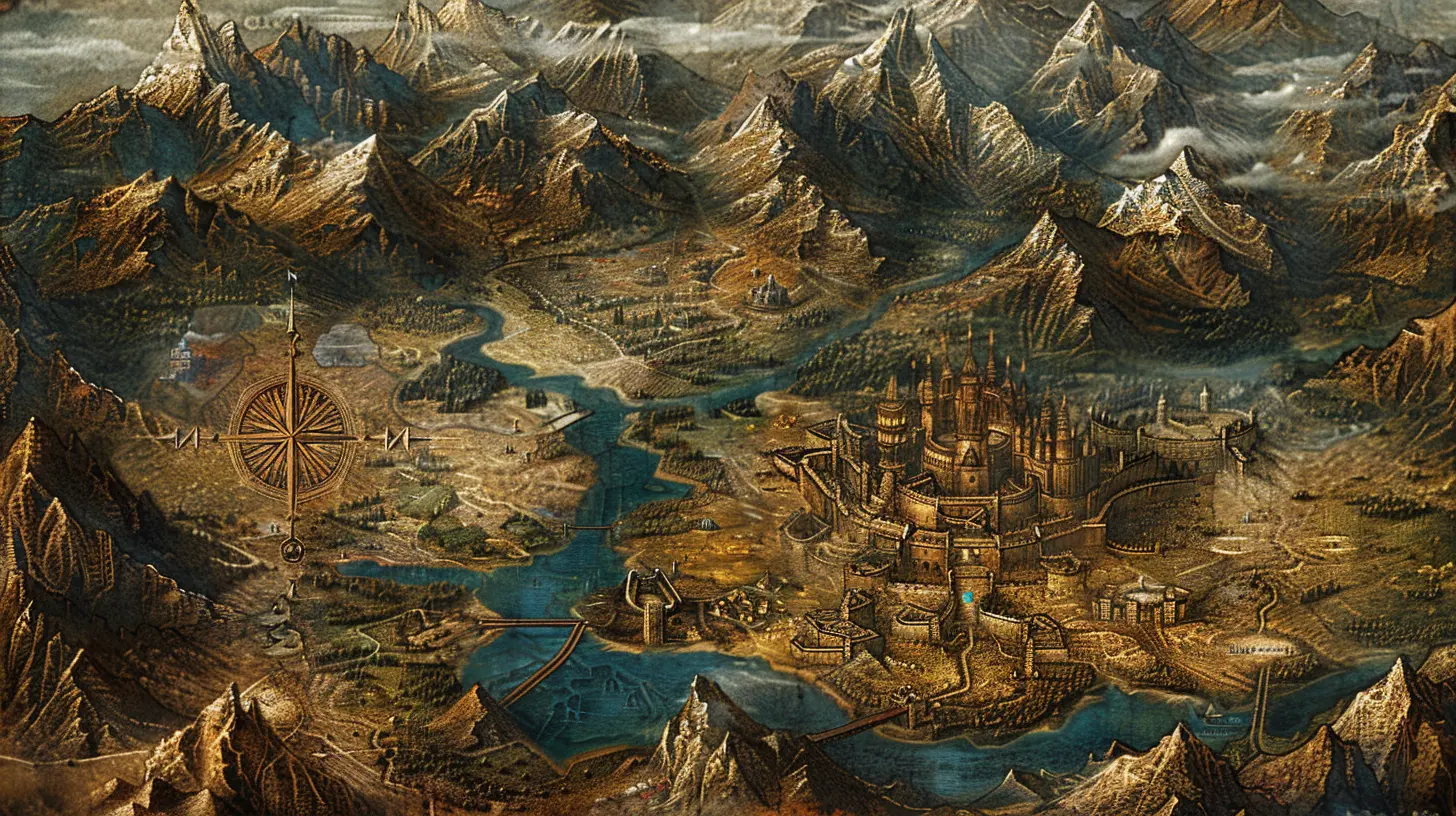
The Balancing Act: Guidance vs. Freedom
Creating the perfect first map is like walking a tightrope. On one hand, the developers want to give you freedom. On the other hand, they don’t want you wandering around aimlessly, getting frustrated, or missing key mechanics.Hand-Holding: Helpful or Hindering?
Some games hold your hand like an overprotective parent. Think waypoint markers, glowing paths, arrows pointing to objectives, and constant pop-ups explaining what button to press and when.While that works for some players — especially newcomers — others find it kills the sense of discovery and adventure.
Take Ubisoft games, for example. Open-world games like Assassin's Creed or Far Cry are notorious for over-explaining early mechanics. Every bush, every ladder, every crafting bench is practically screaming for attention. It’s helpful, yes. But it can also feel like you’re watching a long tutorial play out rather than experiencing a living, breathing world.
Too Much Freedom, Too Soon?
On the flip side, we have games that drop you in cold. No markers, no instructions — just vibes. This can be exhilarating if you're the adventurous type. But let’s be honest, it can also feel like being thrown into the ocean when you thought you signed up for a swimming pool.Think about The Legend of Zelda: Breath of the Wild. The game gives you a few simple goals, but otherwise, it's just you, the vast land of Hyrule, and whatever you decide to do next. For many, this was a game-changer. For others? Overwhelming as hell.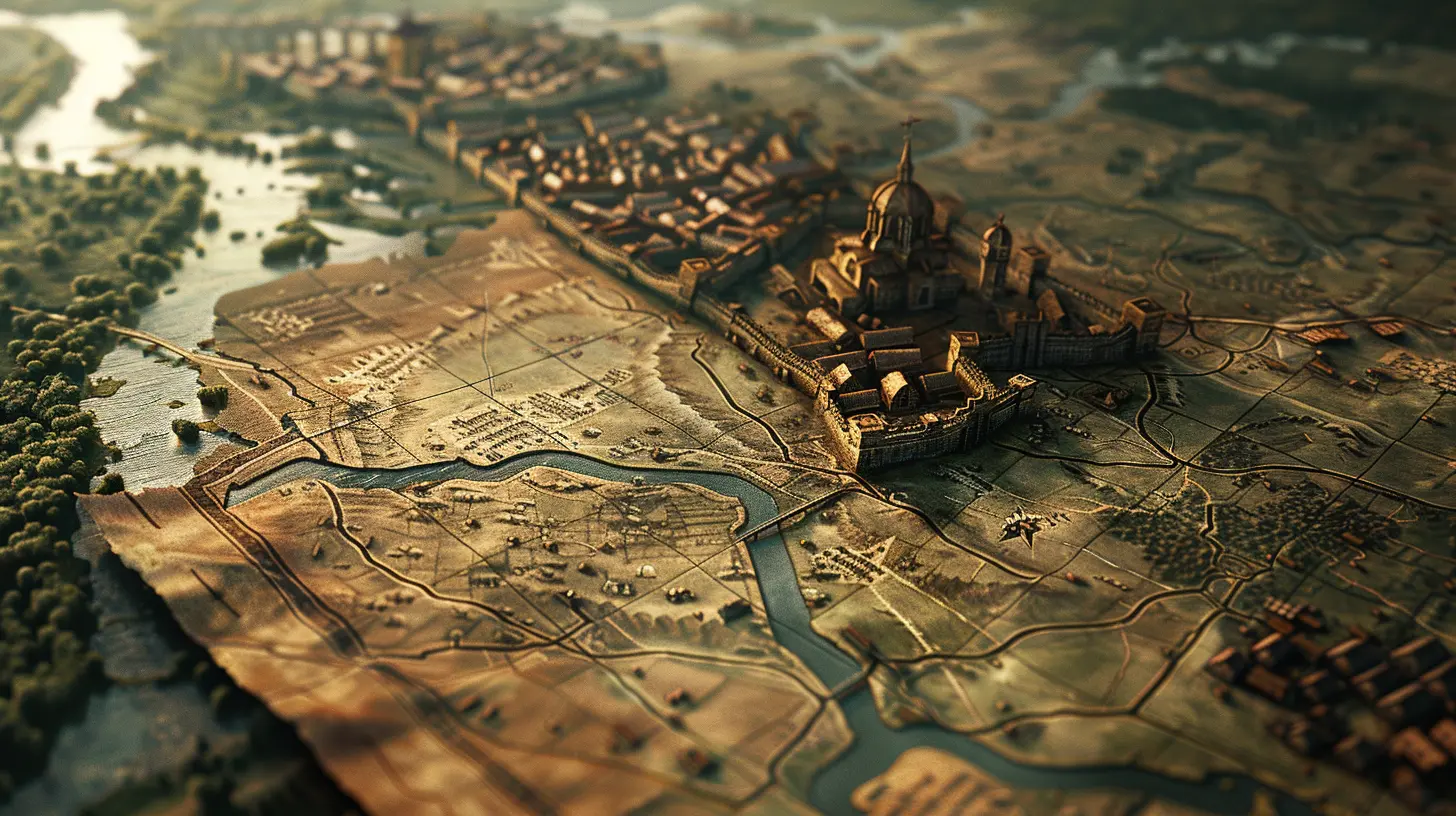
Key Traits of a User-Friendly First Map
So, what makes a first map user-friendly without making it boring or too easy? Let’s break it down.1. Clear Objectives Without Overexplaining
The best maps nudge you rather than shove you. Instead of thirty tutorial prompts, maybe your character finds a journal that hints at a nearby location. Maybe an NPC talks about a cave to the west. You feel guided, not herded.Games like Horizon Zero Dawn do this well. The early missions are structured but don’t force you to complete them immediately. You're gently encouraged to explore, not bullied into it.
2. Gradual Introduction of Mechanics
Don’t throw everything at the player in the first ten minutes. A good first map introduces mechanics one at a time. You learn how to jump before you wall-run. You learn to fight grunts before you tackle bosses.Remember Portal? The first map literally starts with you in a box. Then it shows you how to use the portal gun. Then it ramps up the puzzles. Step by step, it grows with you, not ahead of you.
3. Visual Landmarks and Smart Layout
Ever gotten lost in a game because everything looks the same? Yeah, me too.A smart first map uses landmarks — a giant tower, a ruined bridge, a distinct tree — to help you orient yourself. You subconsciously learn where you are without constantly opening your mini-map.
This is where games like Dark Souls shine. Despite its reputation for difficulty, the world is designed with connected paths and memorable environments. Every corner tells a story, and it rarely repeats visual elements just for the sake of it.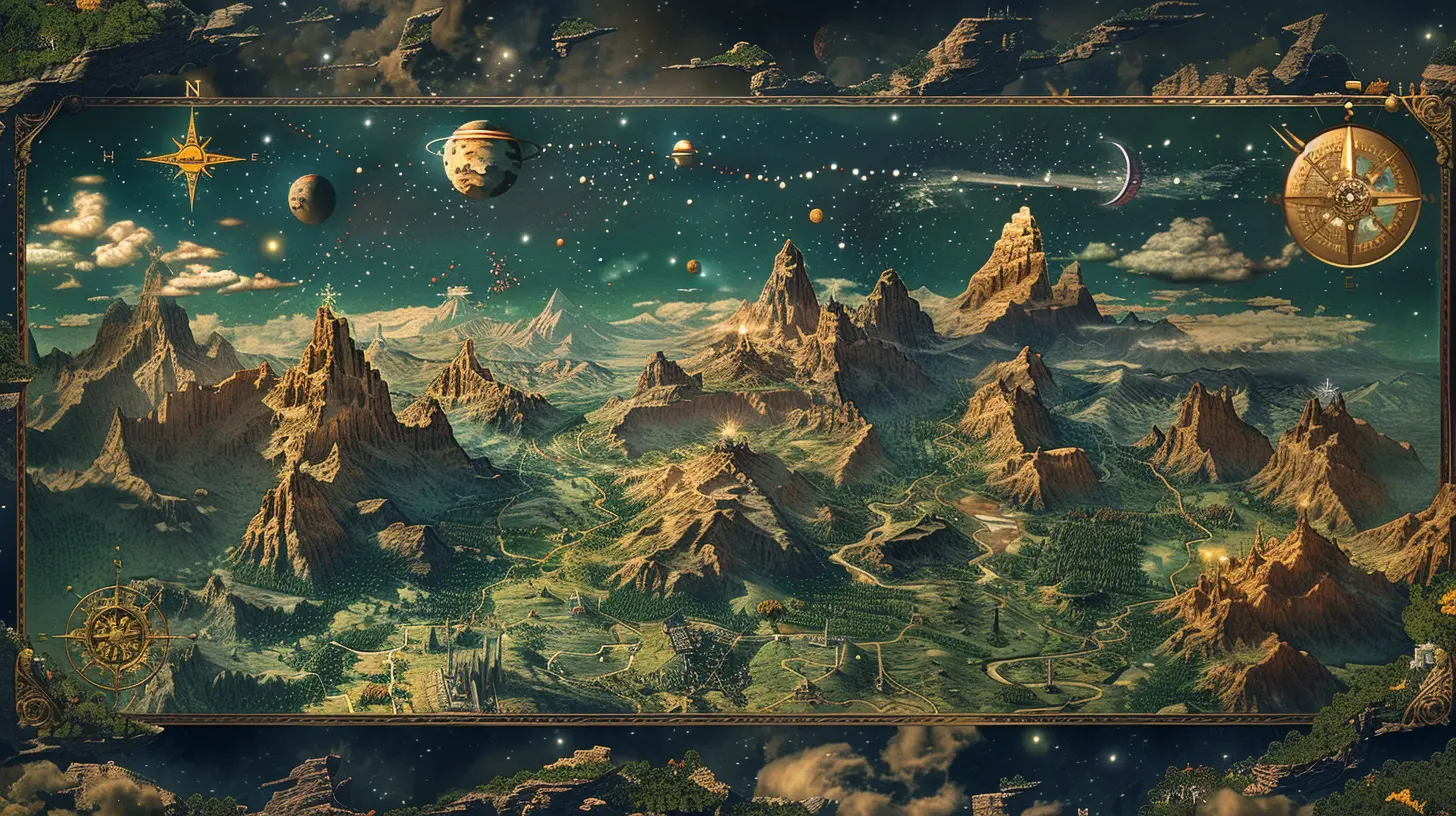
When First Maps Get It Wrong
Let’s not pretend every game nails it. Sometimes, first maps are just… chaotic. You’re dropped into an open world with a dozen icons, unclear goals, and a sense of "What the heck do I do now?"Case Study: Elden Ring
Yeah, I said it.Elden Ring is stunning, no doubt. But its first map? Not exactly beginner-friendly. You’re free to explore, which is great — unless you accidentally wander into an area where everything one-shots you. Without guidance, the first few hours can feel more punishing than rewarding.
If you're new to FromSoftware games, that open design might feel like playing chess in the dark. Amazing for veterans, overwhelming for newbies.
Case Study: MMOs Like World of Warcraft
First maps in MMOs often try to serve too many masters. They aim to teach you, introduce the lore, provide quests, show off the graphics, and promote social play. The result? Clutter.You might see ten exclamation marks, a ton of NPCs shouting for attention, and a quest log longer than your grocery list. New players often don't know what’s urgent, what’s skippable, or what even leads to meaningful content.
The Psychological Impact of Overwhelming First Maps
There’s a reason game devs painstakingly craft the opening experience. First maps carry a surprising amount of psychological weight. They can either trigger curiosity or cause decision paralysis.Decision Fatigue: The Silent Killer
If you start the game and are immediately presented with five directions to go, three side quests, and a skill tree to fill out — your brain freezes. You spend more time thinking than playing, and it stops being fun.This is especially true in large open-world games. Developers think choice equals freedom, but too much choice too soon creates anxiety instead of excitement. The brain wasn't built to multi-task that hard while trying to enjoy a game.
Emotional Hook vs. Overload
A user-friendly first map creates emotional investment. It might be a small village under attack or a sibling to protect — something that makes you care. If the world feels too big and impersonal from the start, players find it hard to connect.Simple storytelling, tight environments, and meaningful interactions go a long way in making that first map memorable.
Striking the Perfect Balance
So, what’s the secret sauce? It’s all about balance. Developers have to juggle gameplay introduction, story setup, world building, and mechanical depth — all in the first 30 minutes. No pressure, right?But when they get it right? Oh boy, it’s magic.
Let’s Talk About God of War (2018)
The first area is genius. It’s small but impactful. You learn the basic mechanics. You meet the main characters. You face an intense boss. And all of it flows naturally — no cluttered UI, no information dump.You’re immersed before you even realize you’ve been taught how to play.
Tips For Gamers: How to Handle Overwhelming First Maps
Not every developer earns an A+ in level design, so sometimes it's on us as players to adapt. Here's how to make the most out of those chaotic or confusing first maps:1. Don’t Rush
Savor the starting area. Explore slowly, read the flavor text, talk to NPCs. Often, the richness is hidden in the details.2. Use the Map Strategically
Open your map only when you're absolutely stuck. Let your eyes and instincts guide you first; this builds natural familiarity.3. Look for Patterns
Designers often use patterns — similar paths, repeated structures — to guide players subtly. Pay attention. The game is probably trying to help you without words.4. Ask the Community
Reddit, forums, YouTube walkthroughs. There's no shame in seeking help if the first map feels more like a maze than a playground.Final Thoughts: Is It User-Friendly or Overwhelming?
At the end of the day, how you perceive that first map depends on you. If you're a meticulous planner, you might love all the icons and stats. If you're a free spirit, maybe you crave a silent, unexplained dive into the world.But from a design standpoint, the best first maps are those that accommodate both. They offer clarity without hand-holding. They spark intrigue without confusion. They set the stage — not steal the show.
So next time you find yourself lost in a game’s first area, take a breath. It's not just a map. It's the first chapter of your gaming journey.
And like all good stories, beginnings matter.
all images in this post were generated using AI tools
Category:
First ImpressionsAuthor:

Tina Fisher
Discussion
rate this article
1 comments
Kate Kelly
This article thoughtfully highlights the fine line between user-friendly design and overwhelming complexity in gaming maps. As players, we crave exploration alongside intuitive guidance. Striking that balance is essential for a rewarding experience, and it's fascinating to see how developers tackle this challenge.
August 4, 2025 at 3:05 AM

Tina Fisher
Thank you for your insightful comment! Balancing user-friendly design with complexity is indeed crucial for enhancing the gaming experience. I appreciate your perspective on this challenge.
